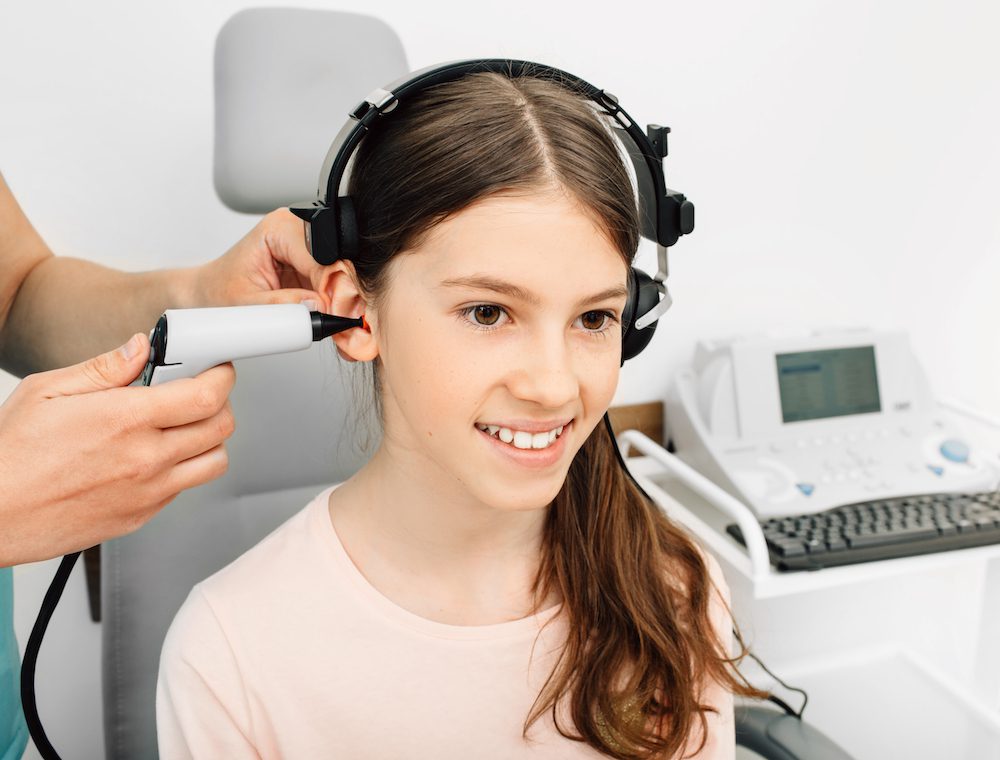
Pure-tone audiometry (PTA) can also be performed in pediatric patients to assess their hearing abilities. However, performing PTA in young children can be challenging, as they may not be able to follow instructions or may have difficulty sitting still during the test.
In infants and very young children, PTA can be performed using a technique called visual reinforcement audiometry (VRA). During VRA, a sound is played through a speaker and a visual reward, such as a toy or animated image, is presented when the child turns to look in the direction of the sound. This technique can be used to measure the child’s hearing thresholds at different frequencies.
For older children who can follow instructions, PTA can be performed using headphones and a response button. The child is instructed to push the button when they hear a sound, and the audiologist records the results. The test is typically performed in a sound booth or a quiet room to minimize background noise.
It is important to use age-appropriate language and techniques during PTA in pediatric patients to ensure accurate test results. The audiologist may also use additional testing, such as speech audiometry or otoacoustic emissions (OAE) testing, to further evaluate the child’s hearing abilities.
Overall, PTA can be a valuable tool in diagnosing hearing loss and other hearing-related conditions in pediatric patients. It is important to use child-friendly techniques and to create a comfortable and engaging testing environment to ensure accurate test results.

